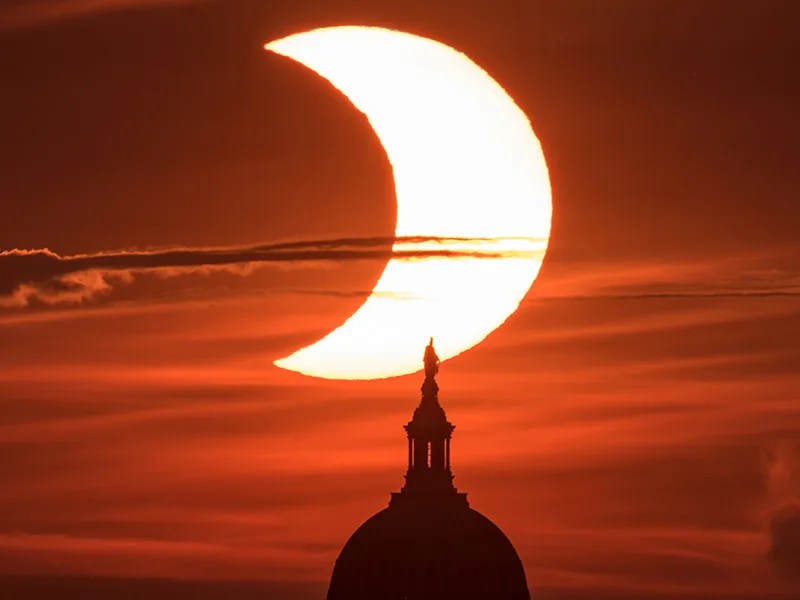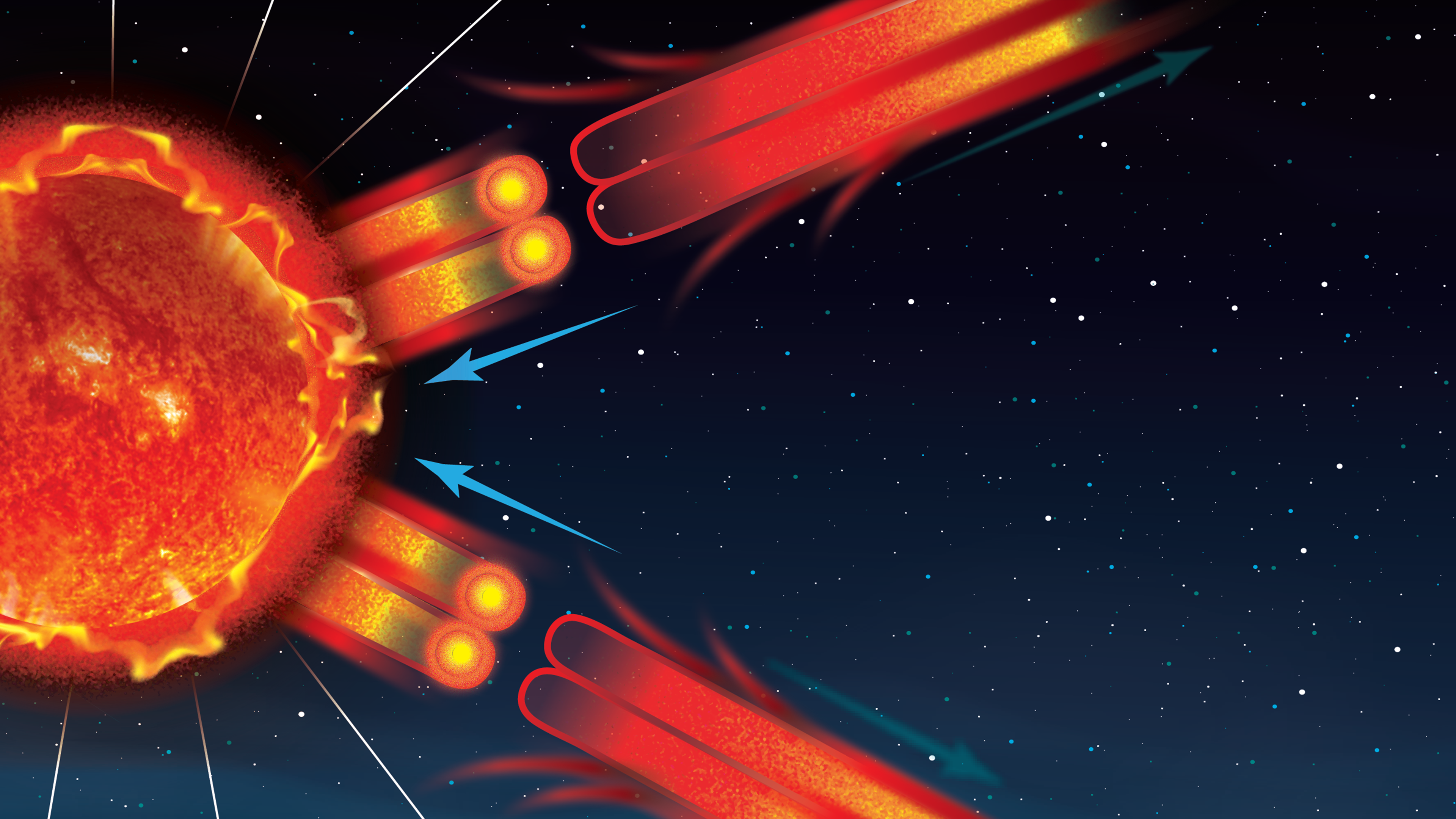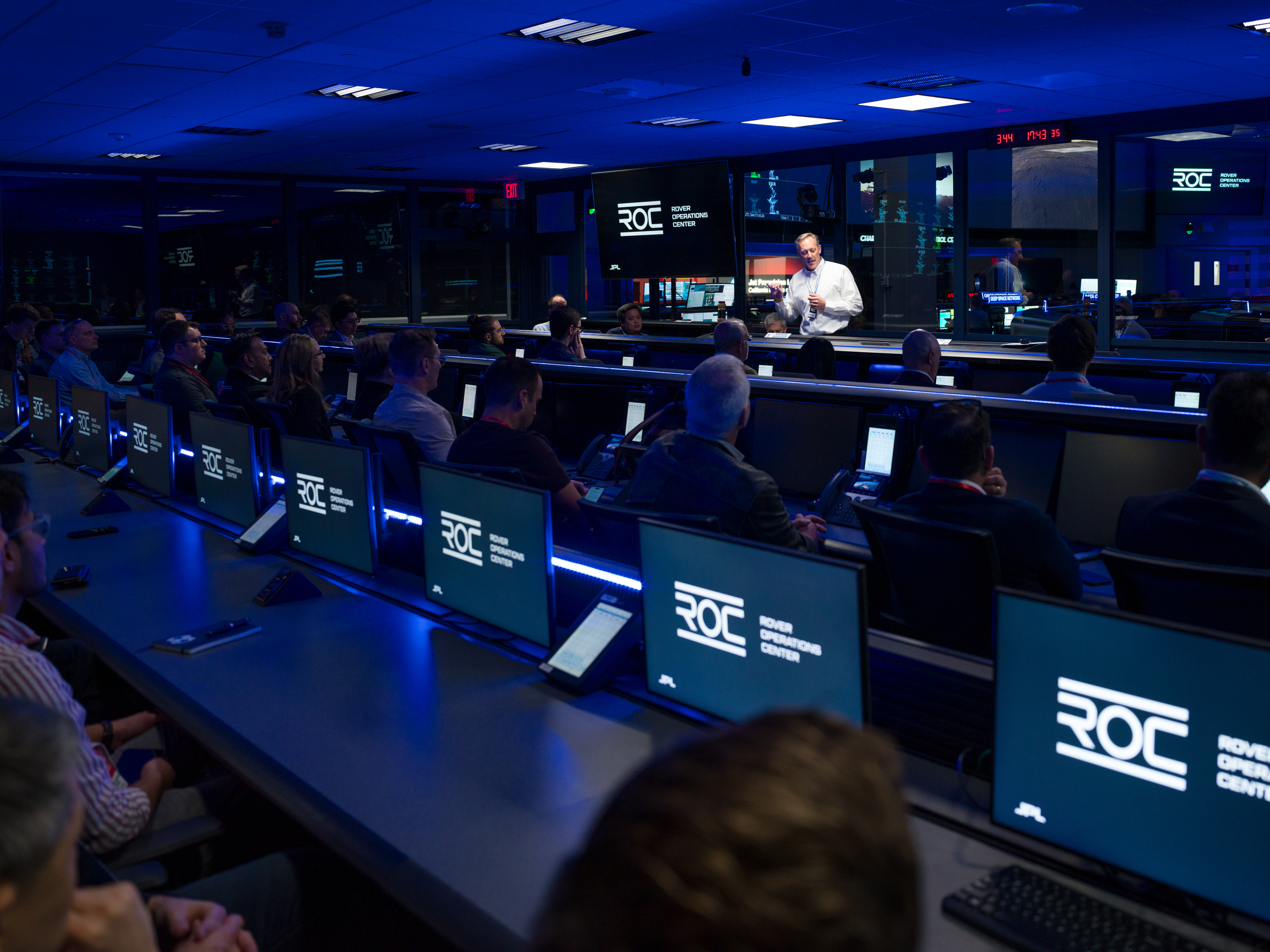NASA’s Perseverance Mars rover used its Mastcam-Z camera system to shoot video of Phobos, one of Mars’ two moons, eclipsing the Sun. It’s the most zoomed-in, highest frame-rate observation of a Phobos solar eclipse ever taken from the Martian surface.
“I knew it was going to be good, but I didn’t expect it to be this amazing,” said Rachel Howson of Malin Space Science Systems in San Diego, one of the Mastcam-Z team members who operates the camera.
Several Mars rovers have observed Phobos crossing in front of the Sun over the past 18 years. Spirit and Opportunity made the first time-lapse photos of Phobos back in 2004; Curiosity was the first to record video of the event./moons/mars-moons/phobos/in-depth/
Each time these eclipses are observed, they allow scientists to measure subtle shifts in Phobos’ orbit over time. The moon’s tidal forces pull on the deep interior of the Red Planet, as well as its crust and mantle; studying how much Phobos shifts over time reveals something about how resistant the crust and mantle are, and thus what kinds of materials they’re made of.
Phobos is about 157 times smaller than Earth’s Moon. Mars’ other moon, Deimos, is even smaller.
All About Eclipses
Eclipses happen when one object in space, like a planet or a moon, passes through the shadow of another object in space. An eclipse is an awe-inspiring celestial event on any planet -- especially Earth.
































